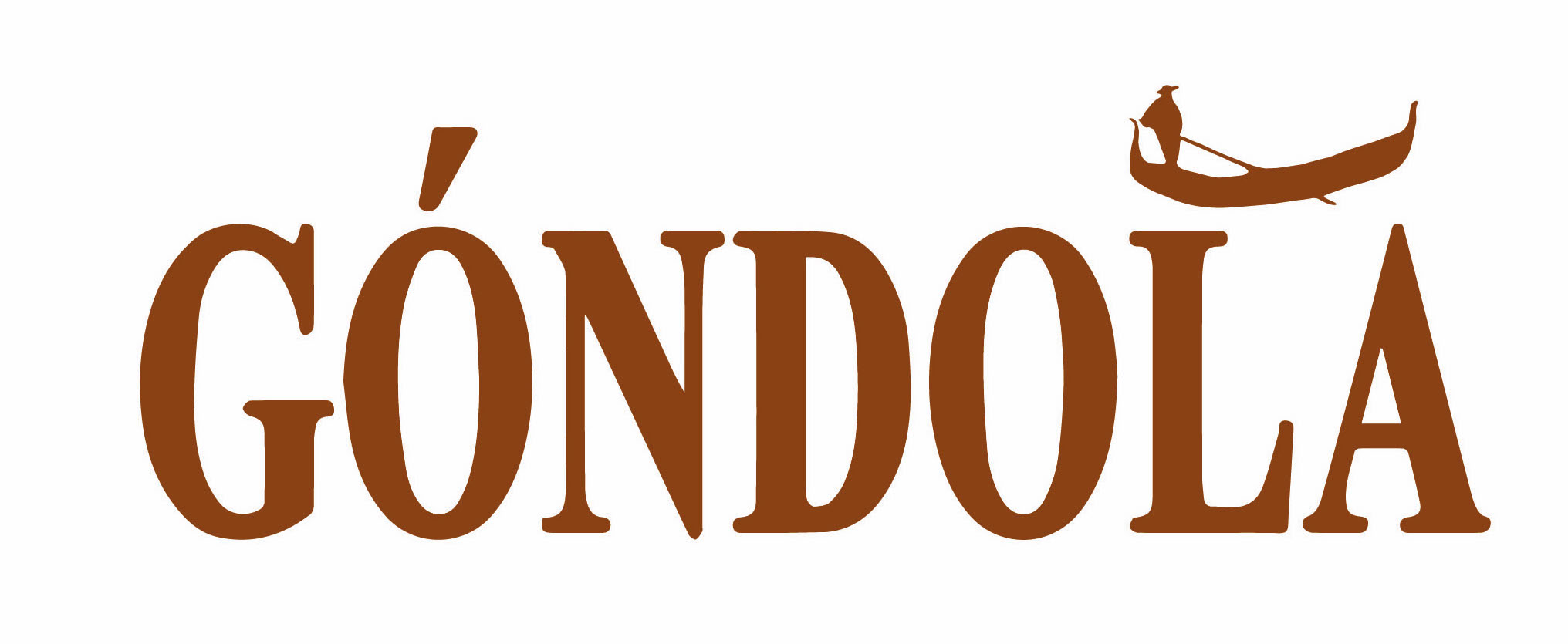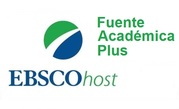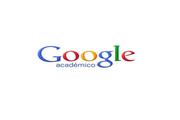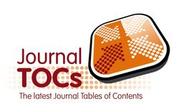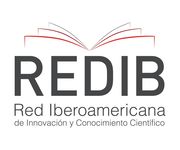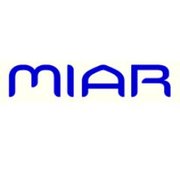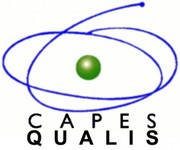DOI:
https://doi.org/10.14483/10.14483/udistrital.jour.gdla.2015.v10n2.a04Published:
2015-07-01Issue:
Vol. 10 No. 2 (2015): Jul-DecSection:
ARTICLESCreencias de jóvenes próximos a ingresar a la universidad en torno a “la matemática”, “qué es hacer matemática” y “su relación con la matemática”
Upcoming young beliefs in college about "mathematics" "what do mathematics" and "its relationship with the mathematics"
Keywords:
educación, creencias, joven, matemática, universidad (es).Downloads
Abstract (es)
Este trabajo presenta una investigación de carácter exploratorio descriptivo, en torno a las creencias de jóvenes aspirantes a ingresar a una universidad pública de la República Argentina. El objetivo es realizar un aporte a la enseñanza de la disciplina en cursos de los primeros años de la universidad. Se indaga acerca de “qué es la matemática”, “qué es hacer matemática” y “su relación con la matemática”. Para ello realizamos entrevistas grupales a dos grupos de aspirantes a ingresar en carreras universitarias donde la matemática jugará un rol diferente. A partir del análisis de las mismas se identifica el sistema de creencias de los jóvenes entrevistados.
References
Cademartori, P. y Costa, V. (2013). Creencias de estudiantes próximos a ingresar a la facultad de ingeniería sobre “la matemática” y “qué es hacer matemática”. En Segundas Jornadas de Investigación y Transferencia (pp. 192-197). Vol. 1. La Plata: Universidad de la Plata. Kindle e-book
Escobar, J. y Bonilla, F. (2009). Grupos focales: una guía conceptual y metodológica. Cuadernos Hispanoamericanos de Psicología, 9(1), 51-67.
García, L., Azcárate, C. y Moreno, M. (2006). Creencias, concepciones y conocimiento profesional de profesores que enseñan cálculo diferencial a estudiantes de ciencias económicas. Revista Latinoamericana de Investigación en Matemática Educativa, 9(1), 85-116. Recuperado de http://www.redalyc.org/articulo.oa?id=33590105
Gascón, J. (2009). El problema de la Educación Matemática entre la Secundaria y la Universidad. Educação Matemática Pesquisa, 11(2), 273-302.
Goldin, G. (2002). Affect, meta-afecct, and mathematical belief structures. In G. Leder, G. Eder, E. Pehkonen y Törner, G. (Eds.). Beliefs: A hidden variable in Mathematics Education? (pp. 59-72).
Dordrecht: Kluwer Academic Publishers. Springer Netherlands.
Gómez, I. (2007). Sistema de creencias sobre las Matemáticas en alumnos de secundaria. Revista Complutense de Educación, 18(2), 125-143. Recuperado de http://revistas.ucm.es/edu/11302496/articulos/RCED0707220125A.PDF
Gómez, I. (2009). Actitudes matemáticas: propuestas para la transición del bachillerato a la universidad. Educación matemática, 21(3), 05-32. Recuperado de http://www.scielo.org.mx/scielo.php?script=sci_arttext&pid=S1665-58262009000300002&lng=es&nrm=iso
ONU y UNICEF (2008). Documento metodológico orientador para la investigación educativa. Ministerio de Educación: INFD.
Op't Eynde, P., De Corte, E. y Verschaffel, L. (2002). Framing students' mathematics related beliefs: A quest for conceptual clarity and a comprehensive categorization. In G.C. Leder, E. Pehkonen & G. Törner (Eds.). Beliefs: A hidden variable in mathematics education? (pp. 13-38).
Dordrecht, The Netherlands: Kluwer Academic Publishers.
Pievi, N. y Bravín, C. (2009). Documento metodológico orientador para la investigación educativa. Ministerio de Educación. 1 Ed. Buenos Aires: Ministerio de Educación de la Nación. Recuperado de http://cedoc.infd.edu.ar/upload/Documento_metodologico_investigacion.PDF
Ramallo M. y Sigal, V. (2010). Los sistemas de admisión de las Universidades en la Argentina. Documento de Trabajo, 255. Recuperado de http://www.ub.edu.ar/investigaciones/dt_nuevos/255_sigal.pdf
How to Cite
APA
ACM
ACS
ABNT
Chicago
Harvard
IEEE
MLA
Turabian
Vancouver
Download Citation
License
Gondola, Ens Aprend Cienc. is an open-access publication, free of charge for authors and readers. The publication, consultation or download of the contents of the magazine does not generate any cost for the authors or the readers, since the Francisco José de Caldas District University assumes the expenses related to edition, management and publication. The peer evaluators do not receive any economic retribution for their valuable contribution. The work of all the actors mentioned above is understood as a contribution to the strengthening and growth of the research community in the field of Science Education.
As of December 1, 2018 the contents of the journal are published under the terms of the Creative Commons License Attribution-Noncommercial- ShareAlike 4.0 International (CC-BY-NC-SA 4.0), under which others may distribute, remix, retouch, and create from the work in a non-commercial way, give credit and license their new creations under the same conditions.
The copyright holders are the authors and the journal Gondola, Ens Aprend Cienc. The holders retain all rights without restrictions, respecting the terms of the license in terms of consultation, downloading and distribution of the material.
When the work or any of its elements is in the public domain according to the applicable law in force, this situation will not be affected by the license.
Likewise, we encourage authors to deposit their contributions in other institutional and thematic repositories, with the certainty that culture and knowledge is a good of all and for all.



